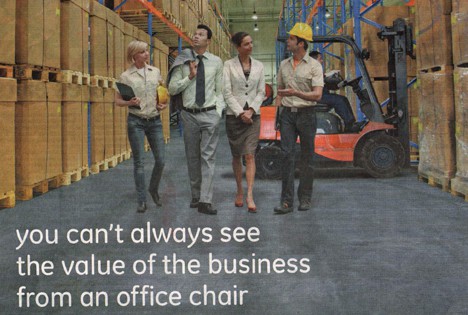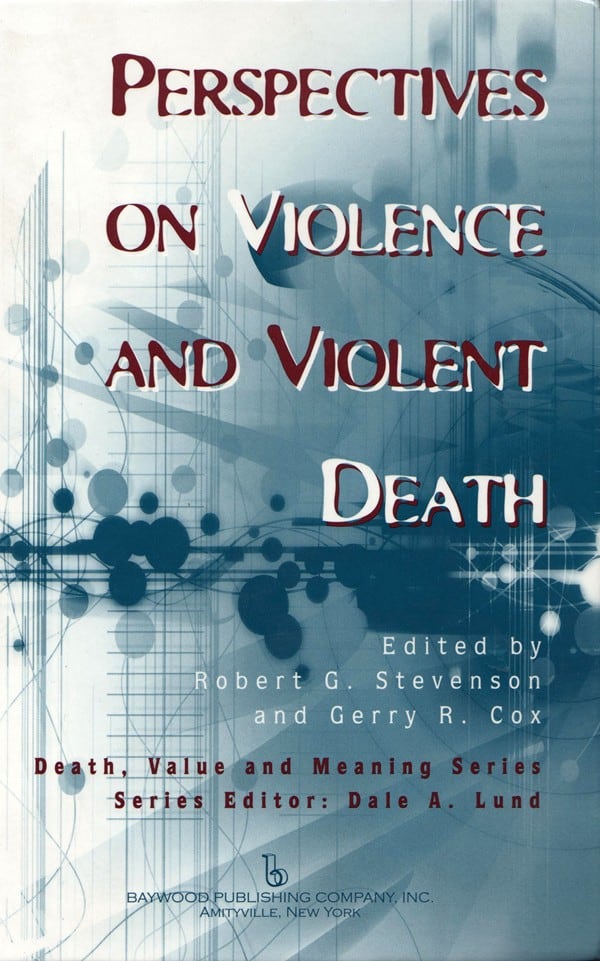The Australian Financial Review on 24 March 2010 includes an article (only available through subscription or hard copy purchase) that states that the “tangle of state laws hampers compliance” by business on the issue of workplace bullying. Harvard Business Review reports on how to cut through the distractions and attend to a root cause of workplace bullying. Continue reading “Workplace bullying needs harmony and good managers”
Category: Professional standards
The OHS profession in Australia needs a saviour. Has anyone got one spare?
In December 2009, SafetyAtWorkBlog reported the comments by the English Conservative leader, David Cameron, on some concerns he had about the direction of occupational health and safety in England and how the newspapers were reporting OHS.
On 15 March 2010, The Independent published an article by the CEO of the Institute of Occupational Safety & Health (IOSH), Rob Strange. [IOSH says it is a personal opinion piece] Strange’s article is not a rebuttal of Cameron’s speech but is an important statement in the dialogue, or debate, that must occur if workplace safety is ever going to be treated with respect.
Strange must deal with the notorious English tabloid press and some of his article shows that no matter what relationship one may wish to have with a journalist, there is no guarantee that the journalist or editor will run your perspective, argument or rebuttal. His struggle shows how important it is to establish a respectful relationship with the media producers. His example should be followed by safety professional associations elsewhere. Continue reading “The OHS profession in Australia needs a saviour. Has anyone got one spare?”
Abuse, egos, corporate governance and the safety profession
On 15 March 2010, the National President of the Safety Institute of Australia (SIA), Barry Silburn, distributed an email to the 3,600 SIA members strongly refuting the “unsubstantiated claims of irregularities” that were, apparently made by Gavin Waugh, Western Australian Division President and former National Secretary, in a member discussion forum and email circulated to members a couple of days earlier.
Many SIA members will be perplexed by having such an email lob in their inbox without any explanatory background and with obtuse language. In some ways the email reads like the accountant has done a runner to spend all the members’ money at the casino. Continue reading “Abuse, egos, corporate governance and the safety profession”
“Imagination at work” but not safety
GE Capital placed a full-page pictorial advertisement in The Age newspaper on 4 March 2010 (page 5 of the business section). The ad, partly reproduced below, promotes the company’s financial services with the corporate slogan of “imagination at work”. Sadly safety at work wasn’t included in the ad.

SafetyAtWorkBlog readers are asked to list the workplace hazards in this picture. Continue reading ““Imagination at work” but not safety”
Is overwork part of the Australian Government’s project management difficulties?
On the Insiders television program on 21 February 2010, host Barrie Cassidy closed a long interview with the Communications Minister Stephen Conroy but asking about the workload of public servants in supporting government programs. The video is available on-line and the comments are at the 11 minute mark.
Conroy says that the “cracking pace” the Prime Minister, Kevin Rudd, established from the start of his government has continues. Rudd continues to expect high performance from his Ministers, staff and public servants. Conroy talks about the change that has been demanded of the public service and that this has generated more workload. He forecasts that the workload may ease if the Government achieves a second term of office.
Cassidy makes the link between the “pushing people too hard” and the failure of Government schemes such as the insulation scheme that was cancelled by the Environment Minister, Peter Garrett on 19 February 2010. Continue reading “Is overwork part of the Australian Government’s project management difficulties?”
Reviewing Today Tonight’s insulation exclusive
As an example of “tabloid TV” the Today Tonight (TT) report broadcast on 17 February 2010 concerning children assisting workers to install insulation, was very good. It probably benefited from my own appearances remaining brief.
The topicality of a story on the home insulation industry could not have been higher yesterday as a Senate inquiry into the Australian Government’s environment and job creation scheme held hearings in Melbourne. TT led its show with the scandalous report.
The video of a young boy handling large bags of insulation on a roof is disturbing; the unprotected handling of the insulation material by the young boy is similar. That the children were allowed to be on the roof by the homeowner and parents is a parental supervision issue and outside the scope of this blog. That the workers allowed them to be present and did not tell the children to get down is more disturbing and a clear breach of the workers’ OHS obligations. Continue reading “Reviewing Today Tonight’s insulation exclusive”
Dipping into workplace violence
Jeff Sparrow recently gained considerable media attention with his book that reflected on violence in society. Yossi Berger once described occupational health and safety as a “kind of violence” in his book of that title. There is a lot of research into occupational violence, much of it from the United States which, to some extent, has an unrepresentative view of this hazard.
 An interesting, and brief, discussion on the matter is a chapter in the book “Perspectives on Violent and Violent Death” published by Baywood Publishing. The existential perspective of one particular chapter may make it impractical for safety management purposes but as a background article for provoking thought, it is very good.
An interesting, and brief, discussion on the matter is a chapter in the book “Perspectives on Violent and Violent Death” published by Baywood Publishing. The existential perspective of one particular chapter may make it impractical for safety management purposes but as a background article for provoking thought, it is very good.
Without this chapter I would not have found the work of C E Newhill* into client violence in social work or that of C L Charles. Charles identified some factors that have contributed to the “anger epidemic” which may provide some clues on understanding occupational violence. These are listed below:
- Compressed time
- Communication overload
- Disconnectedness Continue reading “Dipping into workplace violence”
